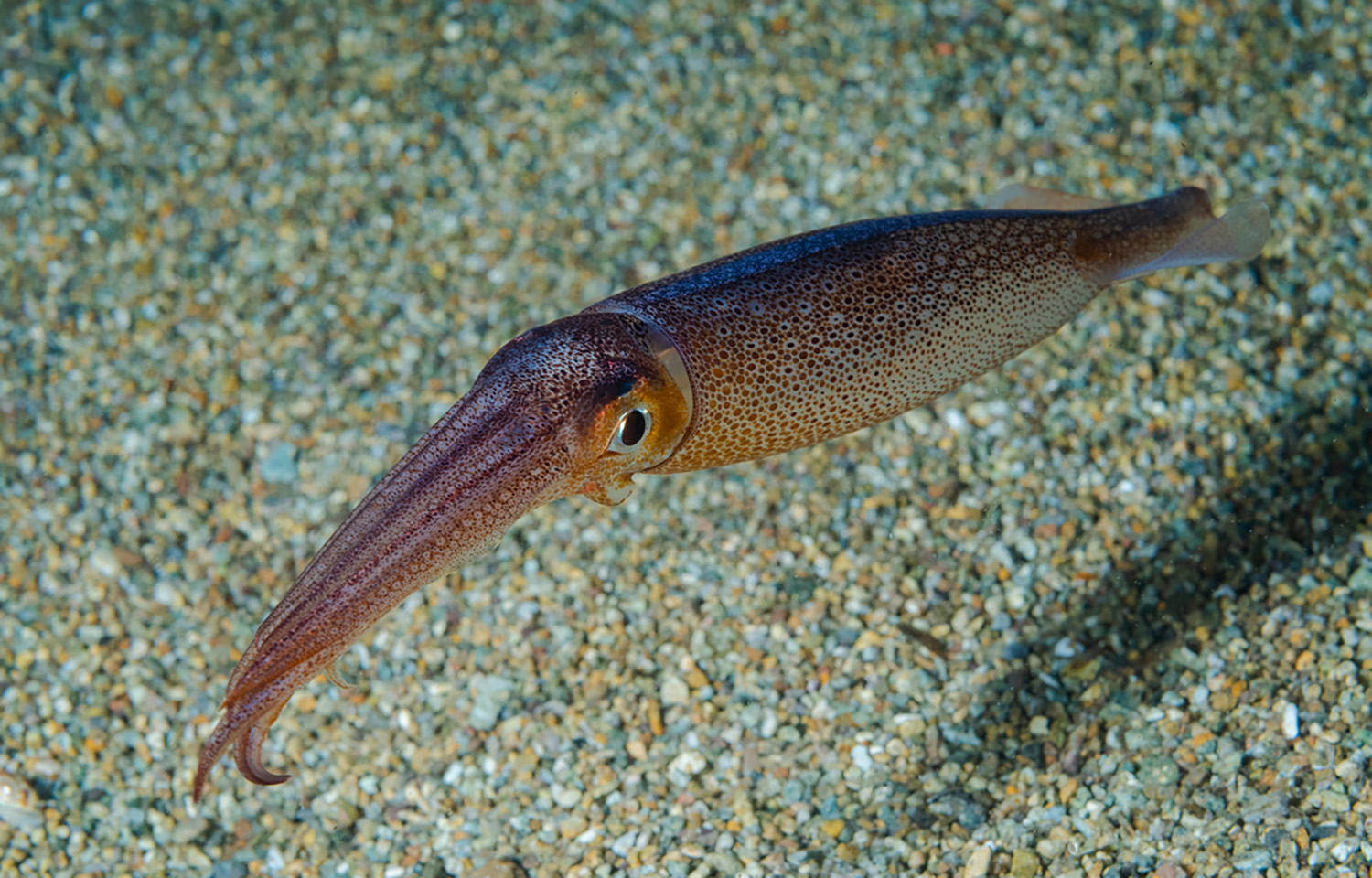Japanese catch totals of important seafood species have fallen dramatically, and climate change is the suspected cause, according to new reports, with catches of Japanese flying squid and Pacific saury suffering in recent years compared to historical averages.
The Tokyo-based National Pacific Saury Stick Net Fishery Cooperative released countrywide catch data on saury through the end of 2023, showing a 36 percent increase from the record-low catch recorded in 2022. Nationwide landings went from 7,092 metric tons (MT) to 9,525 MT. However, this is still well behind the 350,000 MT landed in 2008 and the 225,000 MT caught in 2012.
According to the Fisheries Research and Education Agency (FRA), the most important predictor of saury catch is sea surface temperature, with most saury caught in areas measuring approximately 15 degrees Celsius. When temperatures off Japan are higher, schools of the fish remain in cooler waters to the northeast of Hokkaido, outside of Japan’s exclusive economic zone (EEZ), where they are intensively fished by Chinese and Taiwanese vessels.
Squid fishers are facing similar low catch numbers.
The FRA recently released its “2024 Long-Term Forecast of Japanese Pacific Flying Squid Fishing Conditions,” predicting squid catches in the country through the end of the year.
“The key points of the future outlook (August to December 2024) are that the overall volume of squid visiting Japanese waters will be lower than both the previous year and the average of recent years (2019 to 2023),” the report said.
Through squid-fishing surveys conducted from early June to early July, experts found that catch per unit effort (CPUE) – the number of squid caught per hour per squid-jigging machine – came in at a new low of 0.38 squid, largely down on the recent five-year average of 5.95 squid. In many survey locations, the CPUE was zero.
Along with a decrease in coldwater species, warmwater species are extending their ranges northward.
Fukuoka, a city on Japan’s southern island of Kyushu, used to be the main port for catches of pufferfish, but landings have decreased by about 30 percent, according to an NHK report, and Hokkaido now leads in landings. In the 10 years from 2011 to 2021, landings rose more than sevenfold from 257 MT to 1,990 MT. Any drift farther north would, like saury, push the species outside of Japan’s EEZ.
Testing of ocean water has also revealed that mackerel, horse mackerel, and yellowtail DNA is present in large numbers off Tohoku and Hokkaido, areas where they were seldom seen in earlier years. The challenge for northern fishing cooperatives and processors will be to establish further processing capabilities, find markets for the arrival of the new species, and drum up interest among consumers who may not be used to the species.
The Japan Fisheries Agency first declared a direct connection between dwindling catches and climate change in its 2018 Fisheries White Paper.
The agency said that rising ocean temperatures were affecting marine ecosystems and fish stocks, leading to lower catches of certain species. It also noted that changes in the distribution and migration patterns of fish due to warming waters were negatively affecting the fishing industry, and unlike normal cyclical patterns that alternate between a cold-water period and a warm-water regime every decade or so, it projected that the lower catches could be permanent.








